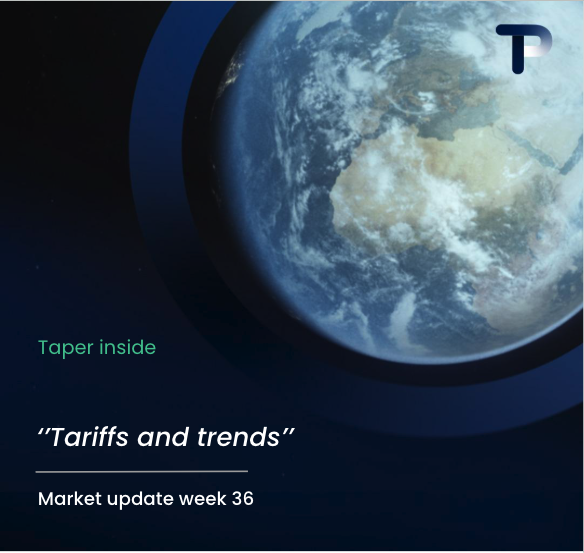You should switch from your domestic bank to a global payment partner when your international business operations face regular friction from high currency conversion fees, lengthy processing times, or limited multi-currency support. The switch becomes particularly beneficial when you’re conducting frequent cross-border transactions, managing suppliers in multiple countries, or experiencing cash flow delays due to traditional banking limitations.
What are the main differences between domestic banks and global payment partners?
The fundamental difference lies in specialisation and focus. Global payment partners are designed specifically for international commerce, while domestic banks primarily serve local markets with international services as an add-on.
Currency exchange represents one of the most significant distinctions. Domestic banks typically offer less competitive foreign exchange rates with wider spreads, often adding 2-4% above the mid-market rate. Global payment partners usually provide more transparent pricing with tighter spreads, sometimes offering rates within 0.5-1% of the interbank rate.
Processing times vary considerably between the two options. Traditional domestic banks often require 3-5 business days for international transfers, particularly for less common currency pairs. Global payment partners leverage modern payment networks and local banking relationships to process fx payments within 24-48 hours, with some same-day options available.
Multi-currency account capabilities showcase another key difference. Most domestic banks require separate accounts for different currencies, each with individual maintenance fees and minimum balance requirements. Global payment partners typically offer unified multi-currency IBAN accounts, allowing you to hold, manage, and transact in multiple currencies from a single platform.
Technology integration also sets these services apart. Domestic banks often rely on legacy systems with limited API connectivity and basic online platforms. Global payment partners usually provide comprehensive digital platforms with real-time exchange rate monitoring, automated payment scheduling, and robust integration capabilities for accounting systems and e-commerce platforms.
How do you know when your current banking setup is limiting your international growth?
Several warning signs indicate your domestic banking arrangement is constraining your international expansion. High transaction costs represent the most obvious red flag, particularly when currency conversion fees exceed 2% per transaction or when you’re paying multiple intermediary bank charges.
Cash flow disruptions often signal banking limitations. If you’re regularly experiencing delays in receiving payments from international customers or struggling to pay overseas suppliers promptly, your banking infrastructure may be inadequate for your business scale.
Administrative burden provides another clear indicator. When your finance team spends excessive time managing multiple currency accounts, reconciling complex fee structures, or manually tracking exchange rate fluctuations, you’re likely outgrowing your current banking solution.
Limited currency options can severely restrict market expansion. If your bank doesn’t support the currencies of markets you want to enter, or charges prohibitive fees for exotic currency pairs, you’re facing a fundamental growth barrier.
Customer experience issues also highlight banking constraints. When international clients complain about payment difficulties, request alternative payment methods, or express concerns about transaction costs, your banking setup may be damaging business relationships.
Compliance complications in different jurisdictions often emerge as businesses scale internationally. Domestic banks may lack expertise in international regulatory requirements, leaving you vulnerable to compliance issues or unable to access certain markets efficiently.
Key considerations for making the switch to a global payment partner
The transition requires careful evaluation of several important factors. Compliance requirements should be your starting point, as different providers offer varying levels of regulatory support across jurisdictions.
Cost-benefit analysis forms the foundation of your decision. Calculate your current international transaction costs, including conversion fees, intermediary charges, and opportunity costs from delayed payments. Compare these against the fee structures of potential global payment partners, considering both direct costs and potential savings from improved efficiency.
Integration capabilities deserve thorough assessment. Evaluate how well potential partners integrate with your existing accounting software, e-commerce platforms, and internal systems. Seamless integration reduces implementation time and minimises operational disruption.
Service level expectations need clear definition. Consider factors such as transaction processing times, customer support availability across time zones, and the range of currencies and payment methods supported. Ensure the provider can meet your current needs while accommodating future growth.
Business continuity planning is crucial during the transition period. Maintain your existing banking relationships initially while gradually migrating transaction volume to your new global payment partner. This approach minimises risk and allows you to test the new system thoroughly.
Due diligence on regulatory compliance cannot be overlooked. Verify that your chosen provider holds appropriate licences in relevant jurisdictions and maintains robust anti-money laundering and know-your-customer procedures.
Implementation timeline and support resources should align with your business requirements. Some providers offer dedicated migration support and training, while others expect you to manage the transition independently.
Making the switch to a global payment partner represents a significant step in your international business development. The decision should align with your growth objectives and provide the financial infrastructure needed to compete effectively in global markets. At TaperPay, we understand these challenges and work closely with businesses to ensure smooth transitions that support long-term international success.
Hi there! 👋 I see you're reading about multi-currency IBAN accounts for supply chain payments. Smart choice - these accounts can save businesses 2-4% on every international transaction!
What best describes your current situation with international supplier payments?
Which of these challenges are you currently facing with international payments? (Select all that apply)
What's driving your interest in multi-currency payment solutions? Tell us about your business goals or challenges.
Great! To help us understand your specific needs better, could you share more details about your international payment volume or any particular requirements?
Perfect! Let's connect you with one of our international payments specialists who can show you exactly how Taper's multi-currency IBAN accounts can save you money and streamline your supply chain payments.



